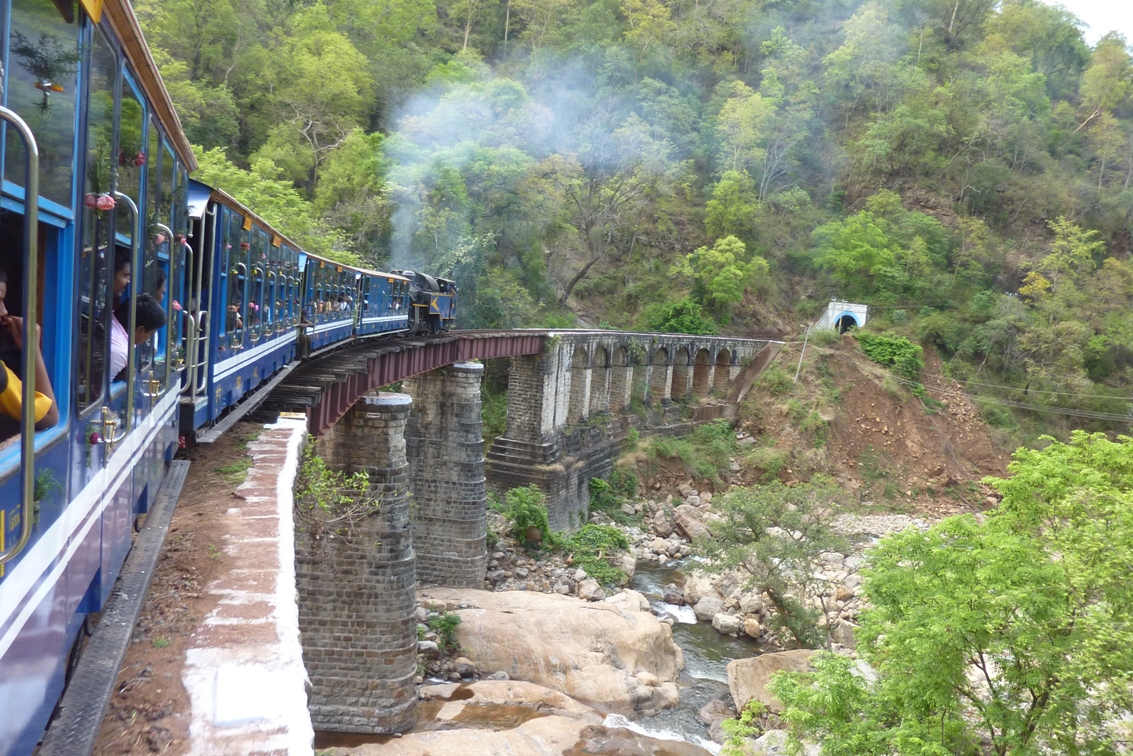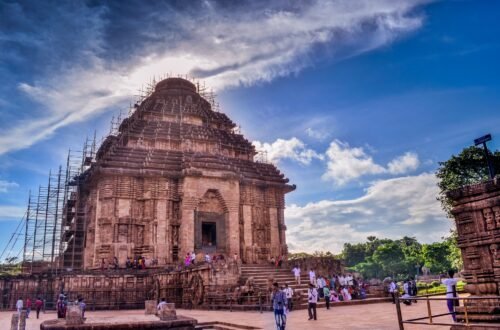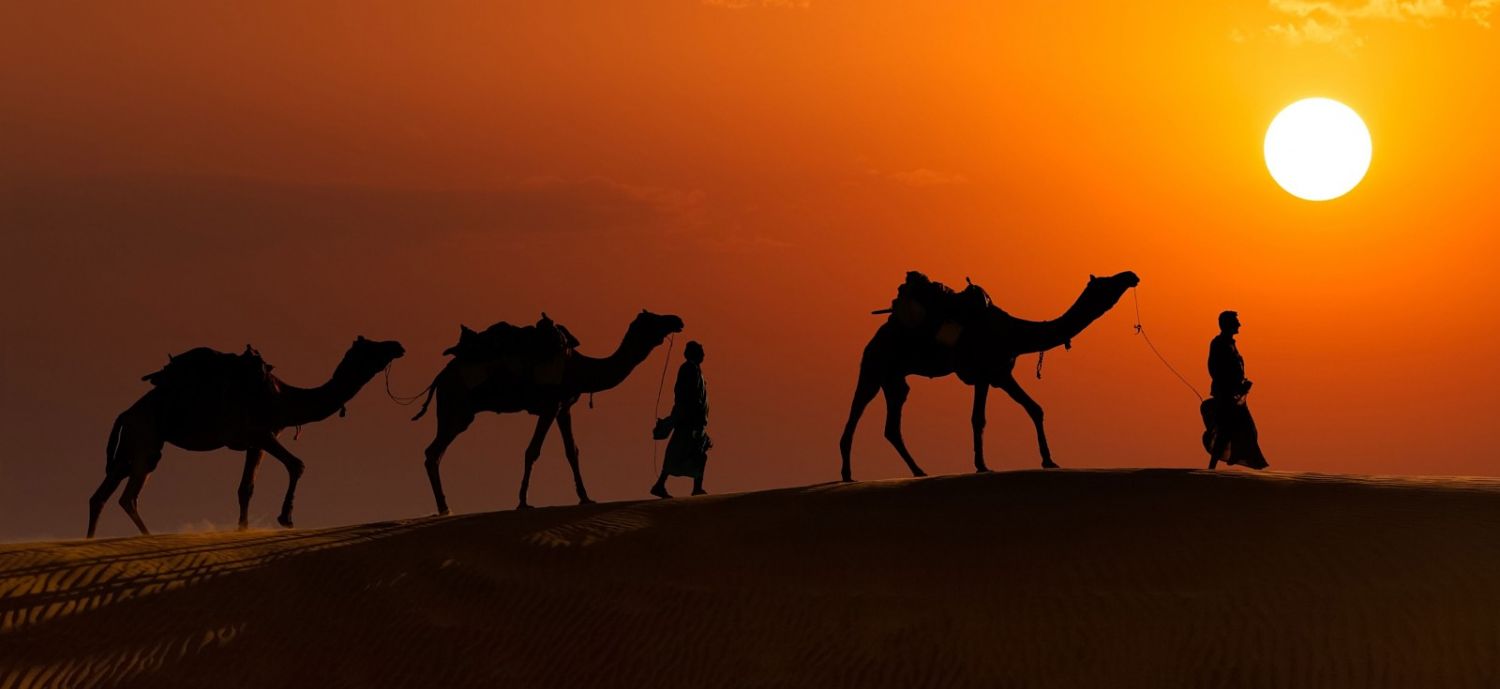India is home to a vast number of tourist sites that reveal the rich cultural wealth left by innumerable dynasties. Some of these sites have been included in UNESCO’s list of World Heritage Sites for their role in preserving the rich cultural and natural heritage of the country. Speaking of South India, there are some notable attractions worth exploring to uncover the legends associated with the history of various kingdoms that thrived in this particular location. Touring these places offers an insight into the untold history of South India. Here are the seven prominent UNESCO World Heritage sites in South India you must visit for a rewarding historical experience.
Ruins of Hampi
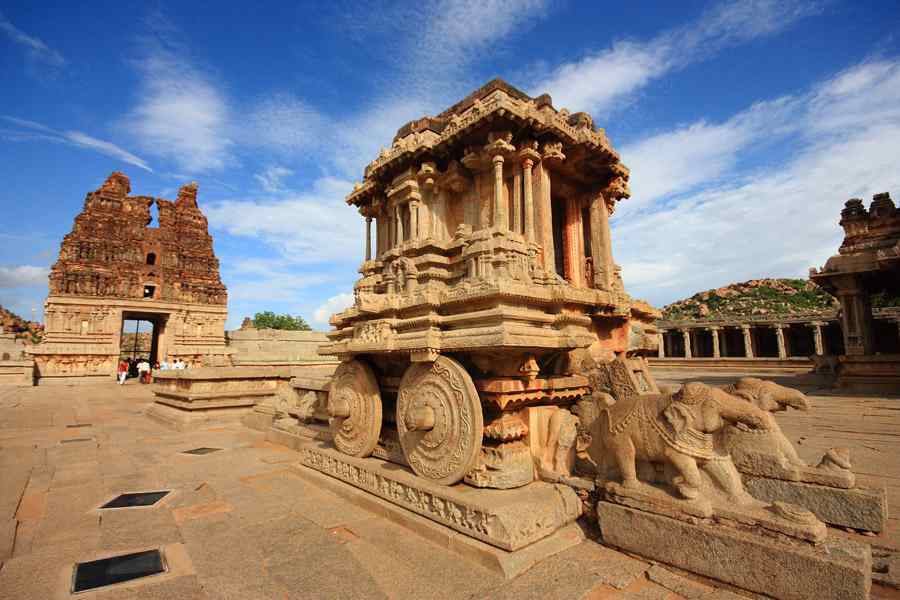
This fourteenth century capital of the Vijayanagar Empire acquired the recognition of being UNESCO’s World Heritage site in 1986. Situated on the banks of Tungabhadra River in Karnataka, the city is considered to be an eminent point of interest for history fanatics and archaeologists. Today, most of the monuments built during fourteenth century lie in a ruined state which tells a tale of the city’s glorious past. The Hampi city has an infinite number of temples, shrines, pillared halls and gateways which superbly reflect the amazing architectural sense of the artists belonging to the Vijayanagar Empire. Another thing that is sure to catch your attention in the city is the huge boulders lying all around. You can view the whole city by climbing on top of these huge rocks.
Monuments of Mahabalipuram
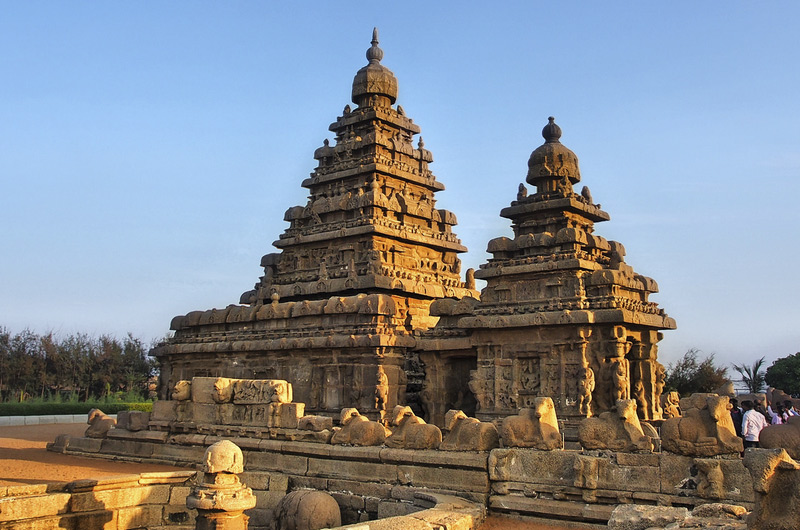
Mahabalipuram is revered mostly for the chariot shaped temples built during the Pallava dynasty which exhibit a magnificent architectural grandiose of the ancient civilizations. It is located along the coast of Bay of Bengal in Tamil Nadu, the site houses close to 400 ancient structures and temples designed in different shapes. The site is also known by names ‘Seven Pagodas‘ or ‘Mamallapuram Temples‘ due to the structures that resembled a pagoda. However, a few of these monuments were demolished by the tsunami of 2004 and some of the seven structures are not present anymore. If you observe the fine details of the monuments closely, you would be enthralled with the magnanimity of the architecture and artistic sense of the rulers of Pallava dynasty. The most astounding monuments you would come across in Mahabalipuram are the Shore temple and Ratha cave temple.
Also Read: Most Famous South Indian Temples You Should Not Miss
Temples of the Chola Dynasty
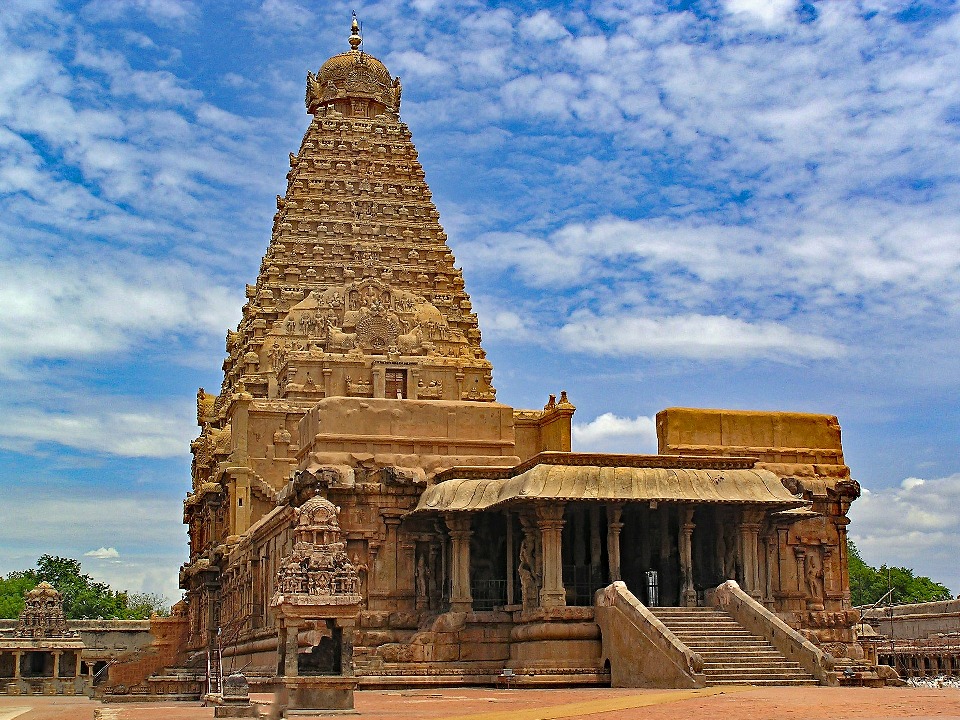
Also known as ‘The great living Chola Temples’, these structures belonging to the Chola dynasty got featured in UNESCO’s list of World Heritage sites in two stages, one in 1987 and the other in 2004. The list includes three Chola temples namely, Gangaikonda Cholapuram temple and Airavatesvara temple are best tourist places to visit in South India. These temples display a rare architectural finesse through the various inscriptions and other artistic elements employed in their construction. The structures are terrific examples of dravidian architecture and are shaped in unique designs which differ from temple to temple. The temples attract quite many history buffs every single day as they bring forth the rich heritage of the longest ruling Chola dynasty.
Also Read: Top 20 Places to Visit in South India
Nilgiri Mountain Railway
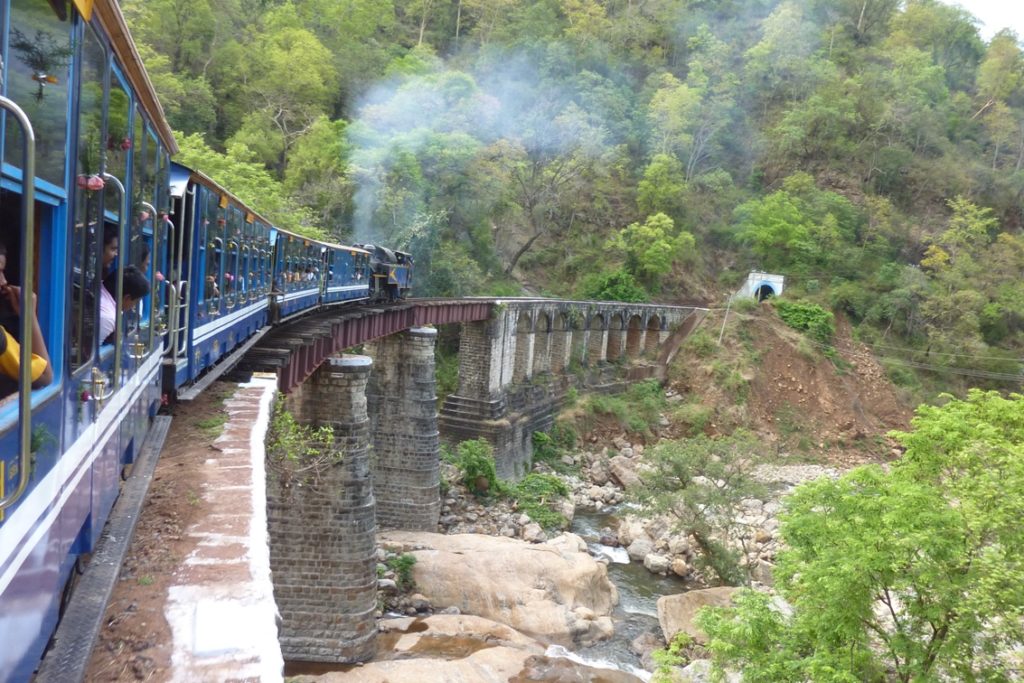
The scenic mountain range that nestles three states of South India, Nilgiri Mountains are acclaimed for their beauteous blue green hue. Nilgiri mountain railway is a part of Southern railway and was declared as World Heritage Site by UNESCO in 2005. The train operated as a steam engine but was later put on a diesel engine on the track between Coonoor and Ooty. This mountain railway is about 46 km long and runs on the twists and turns of Mettupalayam and Ooty. The many passages and bridges are ready to thrill you during the ride. The views of valleys, ravines, hills and forests you get during the ride fill your senses with natural greenery.
Read Also: Tourist Attractions of South India
Monuments of Pattadakal
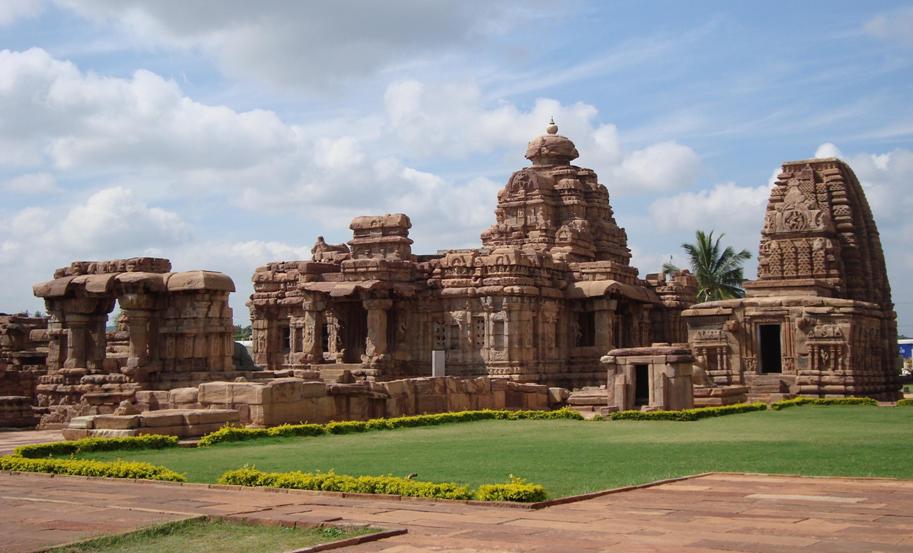
The erstwhile capital of the Chalukya dynasty, Pattadakal in Karnataka is noted for its temples belonging to Hindu and Jain deities. The most captivating feature of these temples is the presence of both northern and southern architectural elements in their construction. The Hindu temples imbibe both Vedic and Puranic concepts and also acquaint you with the Hindu scriptures like Ramayana and Mahabharata through the texts engraved on their walls. The temples of Pattadakal were declared as a UNESCO World Heritage Site in 1987 due to the exquisite blend of different architectural styles and artistic features each of these temples display. The two temples Virupaksha and Mallikarjuna temple beautifully depict the glorious architecture of the Chalukyas. These temples were built specifically as a mark of honor for the Chalukyas when they conquered Pallavas. Jambulinga temple is another marvelous structure that has a sculpture of Lord Shiva and Goddess Parvati with Nandi bull by their side.
Also Read: Religious Journey to South India
Western Ghats
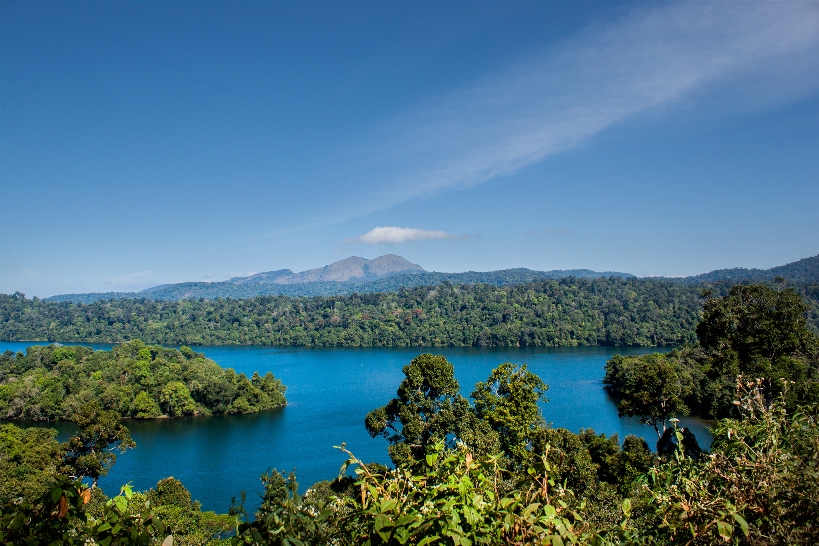
The picturesque Western Ghats lying on the western edge of the Deccan Plateau are famous for their amazing biodiversity. The mountains nestle the states of Kerala, Karnataka and Tamil Nadu in South India and offer a rich experience of the varied flora and fauna grown in Southern part of India. The Ghats also play a veritable role in defining the natural heritage of the country and for this very reason they got inscribed as UNESCO World Heritage site in 2012. Western Ghats pack in just about everything a traveler wishes for be it the forests that stretch over several hundred kilometers of land, tigers, cats and other wild animals and bird species, streams and rivulets with a large variety of fish species, waterfalls, spice and coffee plantations and the lush hills and mountains. Besides having an eclectic range of natural flora and fauna, Western Ghats also house some of the finest ancient sculptures like forts and temples that glorify the rich heritage of India.
You can plan South India tour to explore these world heritage sites at amazing price with Erco Travels.
Read More:
